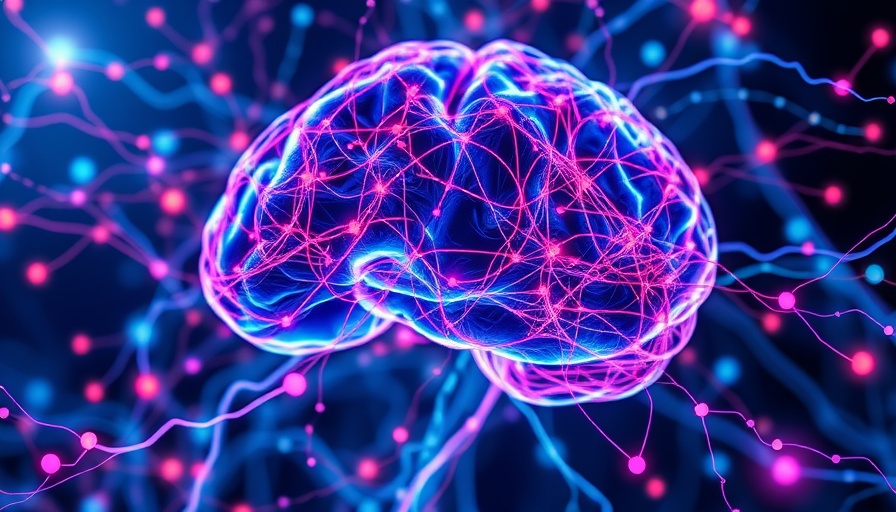
Simulating the Brain: A Breakthrough for Autism Research
Recent advancements in connectomics, particularly in simulating brain circuits based on connectivity maps, are opening new doors in the field of neuroscience. For parents of children with autism spectrum disorder (ASD), these developments could have profound implications. Understanding the functional implications of brain structures could help inform better intervention strategies, enhancing the neurodevelopmental support provided to children.
Unpacking the Connectome: What Does it Mean?
The studies highlight that brain maps, known as connectomes, provide more than just visual data; they can also offer deeper insights into how various neuronal connections influence behavior and cognitive processing. This is especially relevant in understanding autistic behaviors, which can vary widely among individuals. By simulating the connectome of the fruit fly, researchers are not just contributing to insect neuroscience; they are laying the groundwork for understanding human brain functionality.
From Structure to Function: The Promise of Neurodevelopment
As Sebastian Seung states, with the complete connectome of the Drosophila melanogaster now available, scientists can predict responses to stimuli with greater confidence. This structural understanding becomes critical when considering interventions for children with autism. Knowledge of which neurons are linked to certain functions can optimize behavioral and cognitive therapies tailored to individual needs.
A Future of Transformation in Autism Research
While the abstract nature of brain simulation might seem distant to many, it reflects a future where parents might access customized therapeutic strategies based on their child's unique neural wiring. The intersection of connectomics and behavioral science promises to fuel progress in understanding ASD, transforming how autism breakthroughs can be achieved.
How Can Parents Leverage This Knowledge?
For parents, staying informed about these developments in connectomics and neurodevelopment can empower them to navigate the complexities of autism care. Engaging with the latest research can provide insights into effective early interventions and behaviors to encourage, ensuring that their children receive the most appropriate support tailored to their neural profiles.
As these studies continue to unfold, keep an eye on new findings and consider discussing them with your child’s healthcare provider to explore their potential applications in therapeutic contexts.
 Add Row
Add Row  Add
Add 




Write A Comment